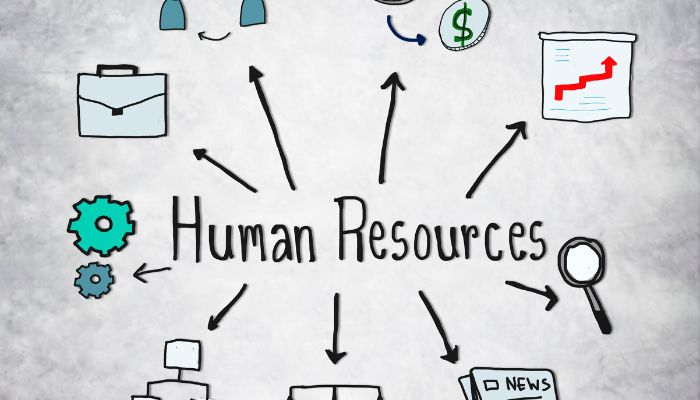At the beginning of every business year, organizations create plans that clearly state their goals and objectives for that period. Fundamentally, these plans have the sole purpose of advancing the growth of an organization. Growth and development are of utmost importance to company executives such that when the topic of growth comes up, it veers towards identifying growth opportunities and challenges, not its importance in itself.
Consequently, as organizations seek to grow, there are risk circumstances that work against it. One such notable situation is the pandemic. Interestingly, COVID-19 has shaped the perception of what leaders consider to be an immediate threat to organizational growth. Now, executives see talent risk as a massive threat to growth.
In January and February of 2020, company CEOs considered climate change, return to territorialism, and cybersecurity as the biggest threat to growth in the next three years. According to KPMG’s 2020 CEO Outlook COVID-19 Special Edition, after facing the challenges brought on by the pandemic, CEOs consider talent risk as the biggest threat to growth in the next three years.
You might also be interested to read: India Must Invest Into Its Human Capital For A V-shaped Recovery
Talent risk is a concept that describes a wide range of challenges, especially when considering the current reality of the workplace. Employee safety, retention, and employee development are some of the issues that talent risk addresses. These issues pose serious concern for organizations as 88% of top-notch organizations cite their distress regarding the nature of talent risk among their professionals and technical experts.
As talent risk poses a significant threat to business growth and development, executives must develop strategic talent management plans. These plans will help manage talent; thereby, preparing employees for future skill demands, and guaranteeing business growth.
Here are some ways organizations can develop plans to mitigate against talent risk.
Clear definition of what talent means
The concept of talent has a general sense of meaning to it. However, creating a strategy that will militate talent risk requires that organizations define talent in the context of their needs. To one organization, talent could mean explicit knowledge, while to another, it could be tacit skills like compassion, emotional intelligence, and the ability to speak in multiple languages.
Nevertheless, organizations must ensure their definition of talent reflects their mission, vision, culture, and values.
Offer opportunities for career development
The main reason talent risk is a big growth problem to organizations is a lack of adequately skilled workers. There’s a prediction that, come 2030, more than 85 million jobs will be vacant due to a lack of skilled workers.
Organizations need to start offering employees periodic training and development programs that will improve their skill level. Aside from reducing the risk of talent shortage, doing this can boost an organization’s candidate recruitment and employee retention. Employees now consider career growth and development opportunities as important factors when deciding where they want to work.
Talent goals and requirements
In creating a talent management plan, organizations must identify their short and long-term talent goals. There will be times an organization will require specific skills more than others, and doing this will help coordinate their talent needs.
Also, as an organization has a talent strategy for different periods, it will help them identify what talents they require.
References:
- 7 ways to improve talent management | Elizabeth Quirk | July 11, 2019
- According to CEOs the spark for future growth is talent | Gary Reader | August 30, 2020
- Talent risk an issue of concern | ERMA
You might also be interested to read:
Related Topics:






